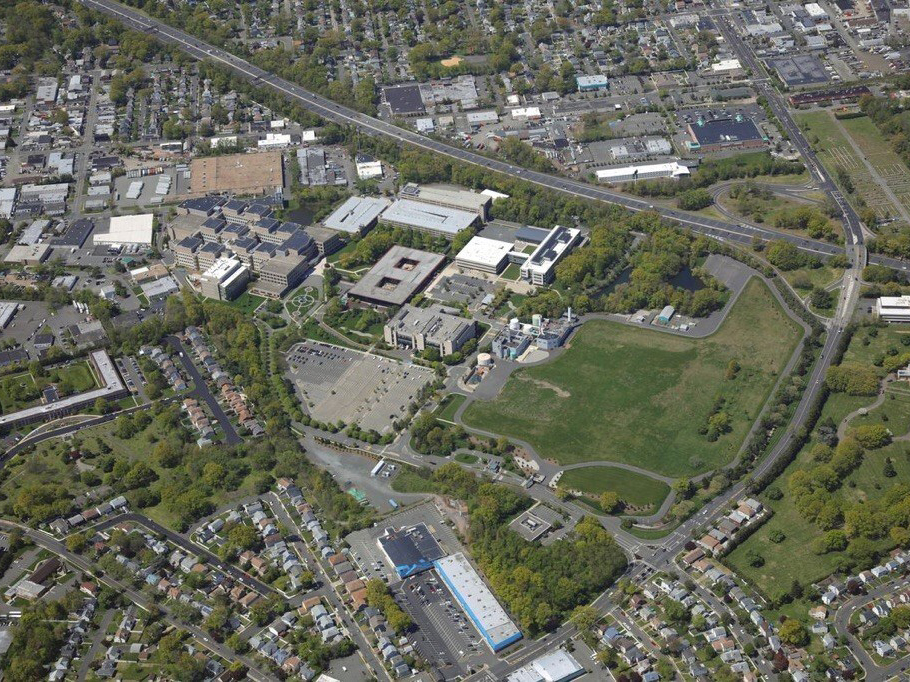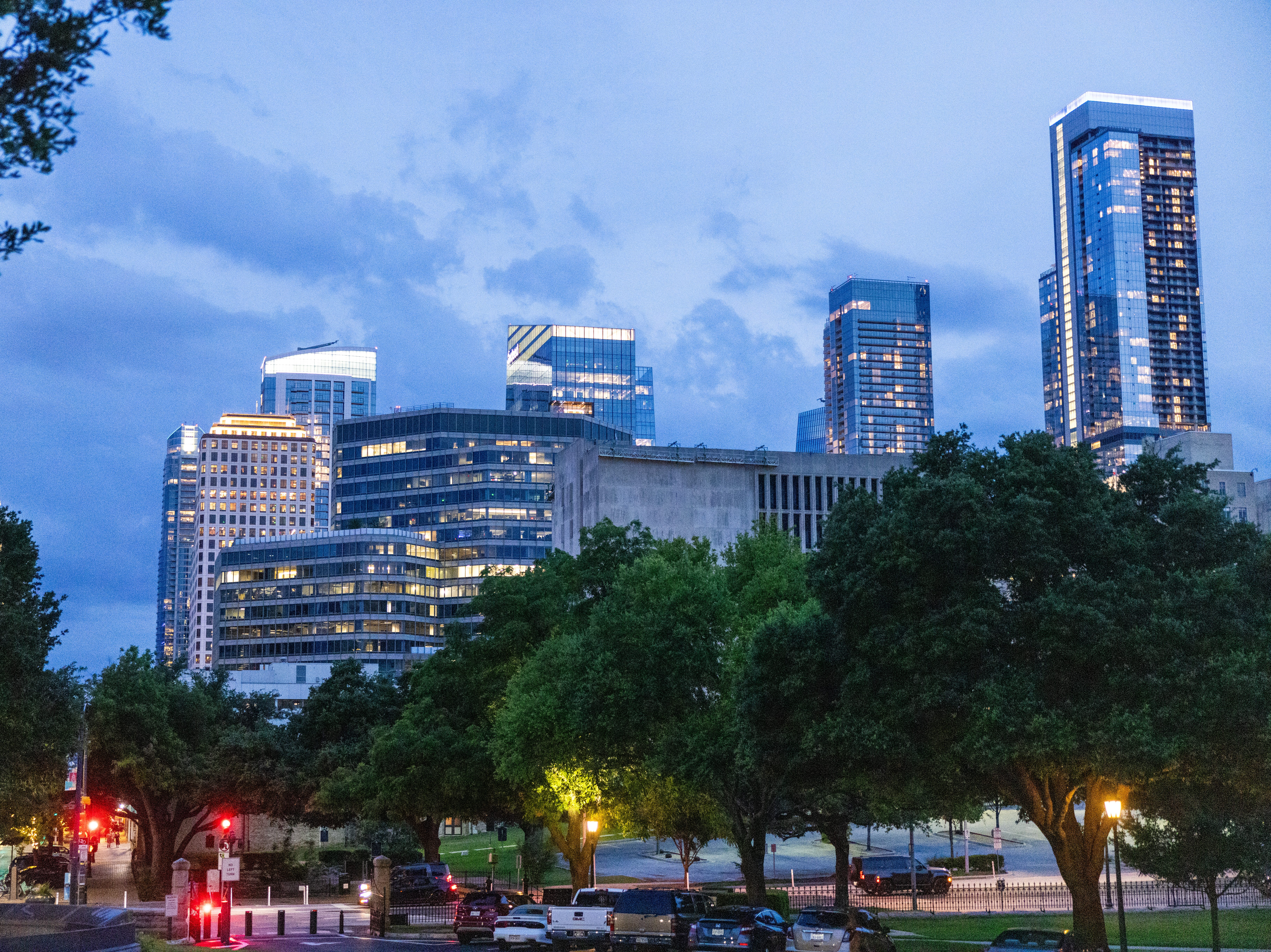Economist’s View: How Long Can This Go On?
We continue to monitor the U.S. economic cycle, using both a wide variety of economic statistics as well as what we’ll call qualitative “canaries.” Taken as a whole, these analyses suggest we are in the bottom of the sixth inning, with no recession expected until 2019.
We continue to monitor the U.S. economic cycle, using both a wide variety of economic statistics as well as what we’ll call qualitative “canaries.” Taken as a whole, these analyses suggest we are in the bottom of the sixth inning, with no recession expected until 2019. However, as in baseball, the remaining innings will not all be pure successes. There will be setbacks, but we expect that more good is ahead than bad.
Based on the capital markets, we are in the ninth inning. After all, how much better can it get than when money is practically given away for free (and in some countries, borrowers are paid to borrow)? So while the economy as measured by GDP and employment will continue to grow through 2018, the capital markets will start to tighten. This will further improve the economy by reducing capital market distortions.
Why do we believe a recession will occur in 2019? In the simplest terms, it is because prolonged growth breeds excess, and excess sows the seeds for a recession. Right now, the only identifiable excess (though it’s a whopper) is the bubble pricing of government debt. Oddly, though, this excess has reduced—not increased—economic growth.
By artificially setting interest rates on short-term government debt near zero, and distorting long-term interest rates through huge quantitative easing purchases, central banks around the world have made debt far too cheap for governments. This has squeezed out private investment while bestowing supposedly free money on the government to spend. As a result, capital has been diverted from relatively productive private investment into unproductive government transfer payments (which comprise 75 percent of federal spending).
This seemingly free money is anything but, and in reality has cost the nation more than $15 trillion and counting over the past eight years. This works out to about $48,000 per household in lost GDP drained by distortionary interest rates and other excessive regulations. As Milton Friedman famously observed, “There is no such thing as a free lunch.”
The single-family housing sector continues its slow recovery, but remains well below historic norms. This sector’s struggle is almost completely attributable to the Federal Reserve’s low interest-rate policy. If rates were higher, it would be easier for prospective home buyers to save for down payments, thus boosting the volume of sales. Meanwhile, pent-up housing demand is a powerful tailwind that will prolong the recovery.
After a severe downturn, commercial real estate construction in aggregate is near its historic norm, but corporate investment in capital equipment remains fairly muted. Business confidence is also near its historic norm, with the notable exception of small businesses, which are concerned about the uncertainty around the minimum wage, healthcare, and other potential employer mandates. In short, average and below-average business confidence signifies neither an overheated economy nor an impending recession.
—Dr. Peter Linneman is a principal & founder of Linneman Associates and professor emeritus at the Wharton School of Business at the University of Pennsylvania. Follow him on Twitter: @P_Linneman
Originally appearing in the November 2016 issue of CPE.









You must be logged in to post a comment.